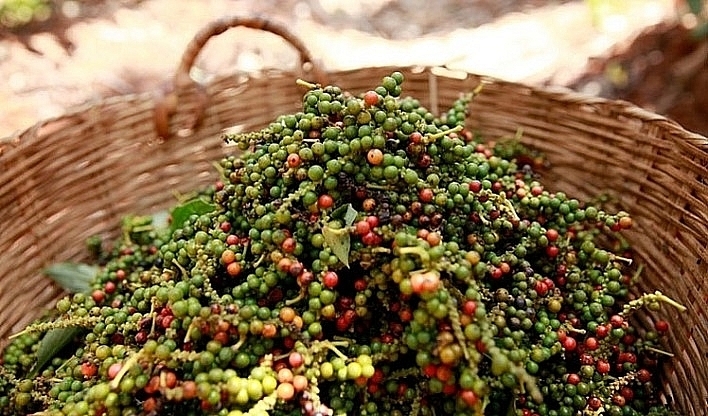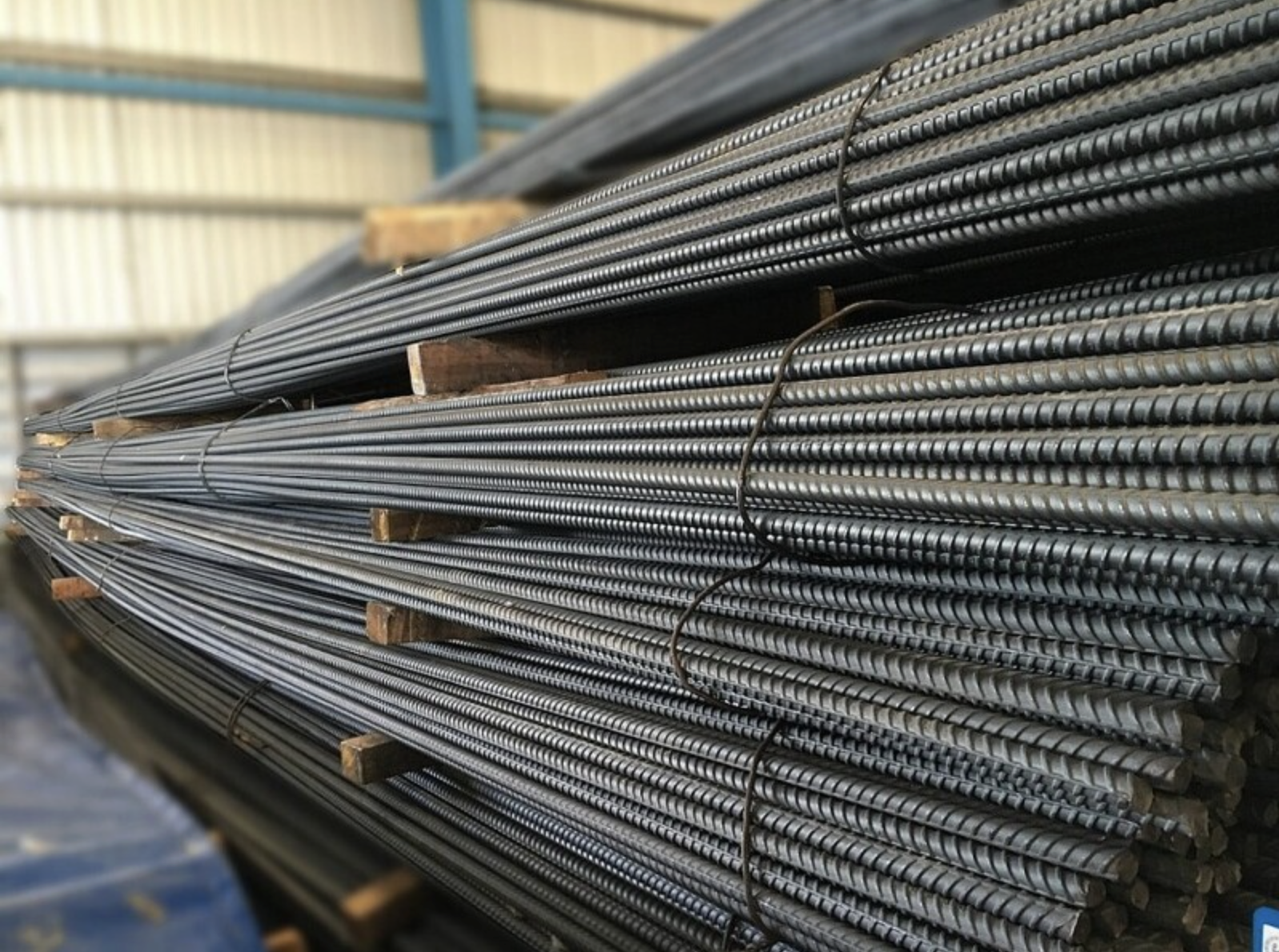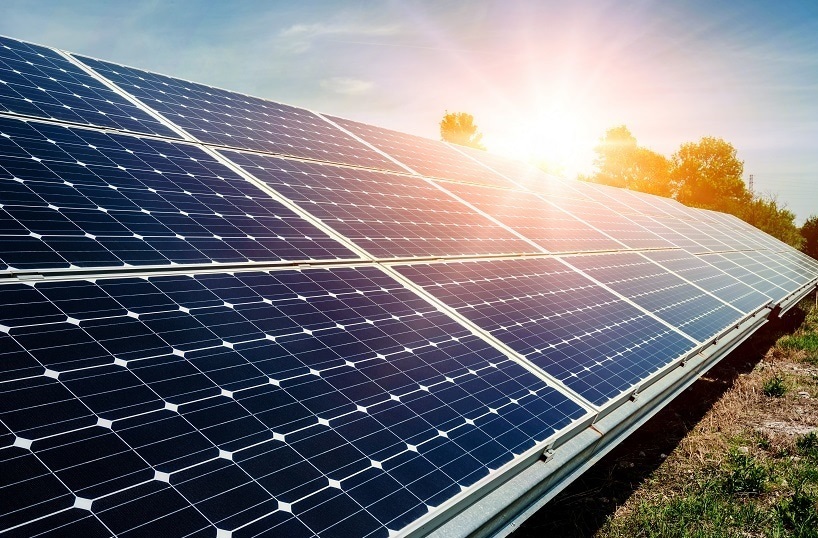
Vietnam, Laos exchange experience in tax management modernization
19:05 | 23/03/2025 15:06 | 25/12/2025News and Events
This marked a decrease of 14.7% in volume and 12.4% in value compared with August 2025, but an increase of 39.3% in volume and 32.1% in value compared with September 2024.
Overall, in the first nine months of 2025, Vietnam’s pepper exports to the Indian market reached 10,095 tonnes, worth USD 71 million, up 8.0% in volume and a remarkable 64.3% in value compared with the same period in 2024. The average export price of Vietnamese pepper to India in September 2025 stood at USD 6,831 per tonne, up 2.7% from August 2025 but down 5.1% compared with September 2024. On average, during the first nine months of 2025, the export price reached USD 7,034 per tonne, representing a sharp 52.1% increase over the same period last year.

India remains one of Vietnam’s largest pepper import markets, with rapidly increasing demand in 2025.
Vietnam mainly exports black pepper to India, accounting for 84.6% of total export turnover, followed by white pepper at 13.9%. The proportion of black pepper exports has increased from 81.9% in the first eight months of 2024 to 84.6% in the same period of 2025. Exports of major pepper varieties from Vietnam to India during the first eight months of 2025 all grew compared with the same period in 2024. Notably, black pepper exports rose by 12.7% in volume and 71.3% in value, reaching 8,460 tonnes and USD 57.88 million respectively.
Meanwhile, statistics from the International Trade Centre (ITC) show that India imported 25,130 tonnes of pepper in the first seven months of 2025, valued at USD 179.6 million, up 2.4% in volume and 46.5% in value compared with the same period last year. The average import price in July 2025 reached USD 7,604 per tonne, down 5.6% from June 2025 but up 24.9% year-on-year. Overall, in the first seven months of 2025, India’s average pepper import price stood at USD 7,145 per tonne, a substantial 43.1% increase compared with the same period in 2024.
India imported pepper from 26 different markets, with Sri Lanka and Vietnam remaining its two largest suppliers, accounting for 66.32% of total import volume and 70.04% of total import value in the first seven months of 2025. Remarkably, while India’s pepper imports from Sri Lanka declined by 14.6% in volume year-on-year, imports from Vietnam increased by 6.5%. In addition, India also boosted its pepper imports from other countries such as Indonesia and Cambodia, showing a broader diversification of supply sources.
Experts predict that in the coming months, India’s pepper imports will continue to rise amid growing domestic demand and an expected 20% drop in local pepper production due to unfavorable weather conditions. This will open up more opportunities for Vietnam to strengthen its presence in the Indian market, particularly as exports to major destinations such as the United States and the European Union face challenges from high logistical costs and stricter import standards.
Following the global trend, domestic pepper prices in Vietnam experienced a notable decline in mid-October 2025 compared with the previous month, falling by approximately VND 2,000 - 4,000 per kilogram. Prices in key growing regions currently range from VND 144,500 to 147,000 per kilogram, depending on locality.
According to the Import-Export Department, in the short term, domestic pepper prices are likely to remain within the range of VND 145,000 - 155,000 per kilogram. If supply continues to tighten, prices may exceed the VND 155,000 per kilogram threshold by the end of October 2025. Conversely, should farmers rush to sell when the new harvest season begins, prices could undergo a slight correction.
In the longer term, the pepper market retains a positive outlook. Vietnam continues to hold its position as the world’s largest pepper exporter, while global conditions such as climate change, rising production costs, and recovering consumption demand are expected to sustain pepper prices at relatively high levels.

19:05 | 23/03/2025 15:06 | 25/12/2025News and Events

19:05 | 23/03/2025 10:32 | 25/12/2025Cooperation

19:05 | 23/03/2025 23:11 | 24/12/2025News and Events

19:05 | 23/03/2025 23:06 | 24/12/2025Trade

19:05 | 23/03/2025 15:32 | 24/12/2025Trade